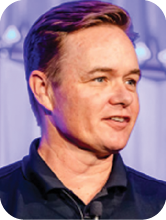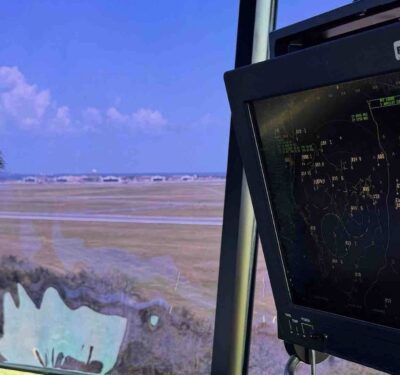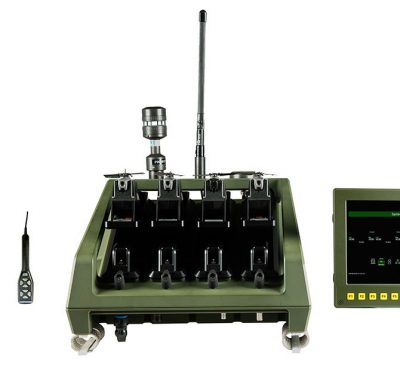
John Peterson is the executive director of aviation at Iridium Communications Inc., the only satellite communications company that offers truly global voice and data coverage. In this role, he helps deliver Iridium’s safety, voice and data solutions to pilots and operators. Peterson is an aviation enthusiast and private pilot who has worked in the industry for 30 years in a variety of roles including engineering, product management and leadership roles at Boeing, Collins, Gogo and Honeywell.
Q: What is Iridium’s place in the BVLOS market?
A: What we’re trying to do is work with the industry in order to get a BVLOS waiver program that’s actually scalable and remains safe. We see a lot of resistance to BVLOS operations. We see where there are tens of thousands of [waiver] applications that get submitted and, very, very, very few of those get approved. …And so, what we’re trying to do is work with the community to say there’s billions of dollars of capital that people are more than happy to spend in this industry if we can just get people flying.
Q: What is a minimum equipment list (MEL), and would Iridium be part of it?
A: We could be one of the solutions that’s on the aircraft. We don’t have to be because there are all sorts of different things that are out there. …A perfect example, if I want to fly an oceanic operation on a business jet, I have a minimum equipment list and that minimum equipment list is a mix of both ground-based equipment and satellite-based equipment. And as long as I have it, I’m permitted to fly very specific flight tracks because the ANSP [air navigation service provider] is comfortable, they can see me.
Q: Let’s talk about SWaP [size, weight and power]. What systems are you looking at being able to support?
A: This is my favorite part of the conversation. The biggest problem with SWaP today is the absence of a minimum equipment list. …The billions of dollars of capital out there that want to invest in this industry, what are they supposed to invest in? Who wants to invest $10 million into a very small, very light solution that’s not needed because it doesn’t meet the MEL requirements? If it can’t fly, there’s no point to design it, right? …I have lots and lots of partners who are willing to do all sorts of investments. If we know that’s equipment that’s going to fly, they’ll invest in it.
Q: Who are you looking to partner with on this?
A: We’re working with different OEMs that manufacture aircraft, getting them to participate in flight trials so that we can collect data, people like American Aerospace, or we’re getting our value-added manufacturers to participate. …[And] we’re starting discussions with the FAA folks, yes. Before we got really engaged with them, we really wanted to have something to talk about that wasn’t PowerPoint. We wanted to go out and so, we’ve got data, we’ve got an equipment list that we’ve done. …We’re dealing with the AOPA [Aircraft Owners and Pilots Association] and the FAA in order to get into that next-level conversation. Really, I think this type of stuff that we’re looking for is going to come not so much from Washington, D.C., FAA, it’s going to come from the director of the FAA in Alaska, the director of the FAA in Virginia. We’re working with Virginia, Montana, Oregon. It’s going to come from the locals because it’s going to be controlled locally.
Q: What is the advantage of doing this process locally?
A: Because locally they can figure out what works for their regions. It depends upon what infrastructure’s in place versus what’s not in place. And then they can work on the MEL. If the MEL’s a standard form and you fill it out, it can be different everywhere.





